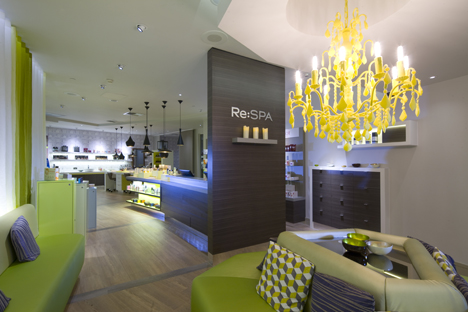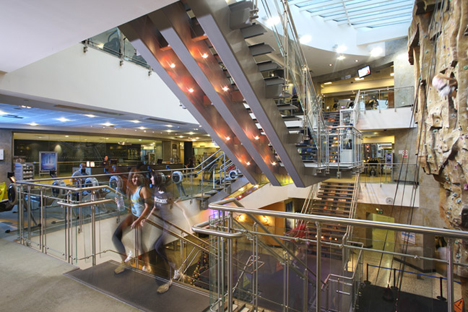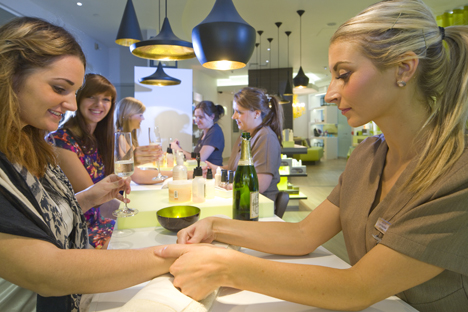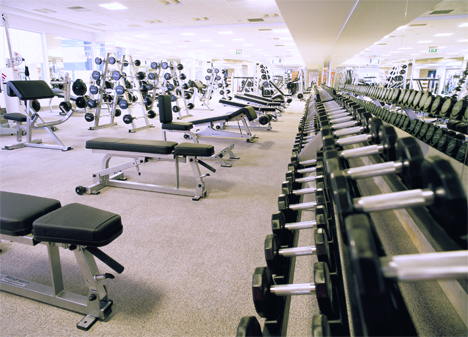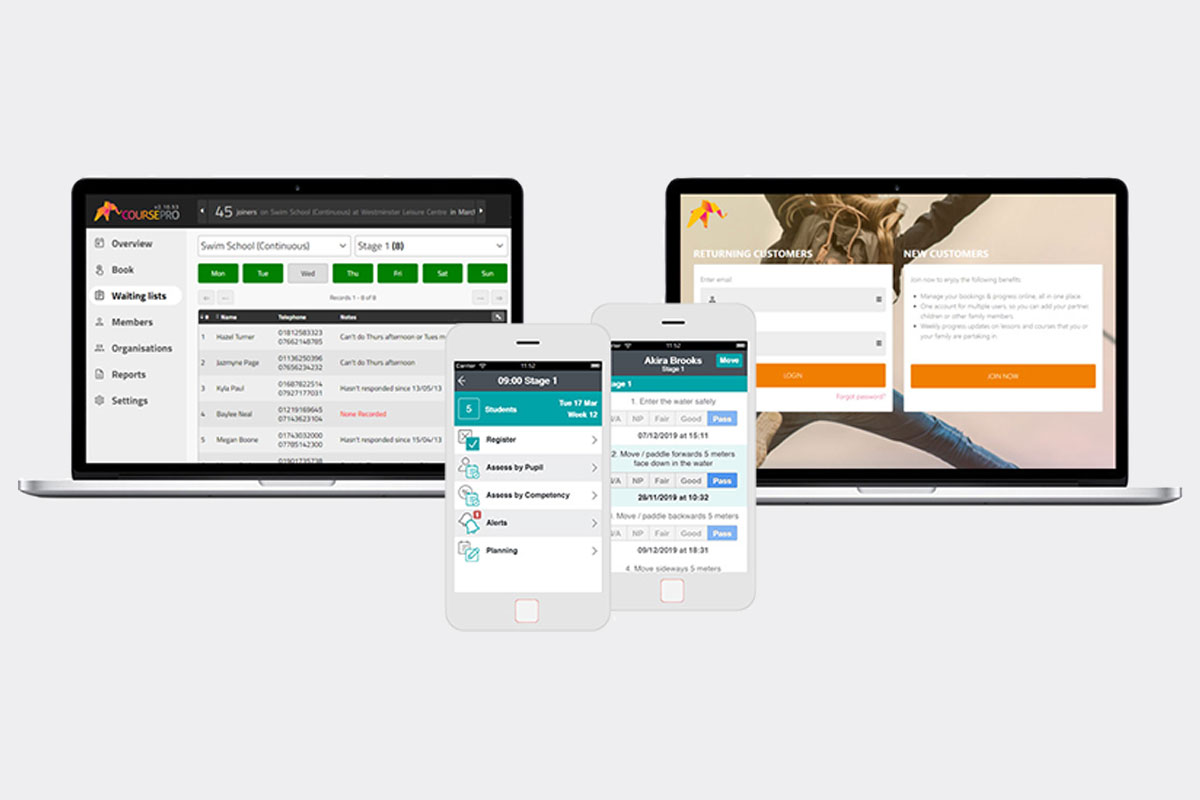features
Everyone's talking about...:: Beyond 12 per cent
The 12 per cent market penetration figure gets bandied about, but how accurate is it? What figure could the sector reach, and what does it need to do to achieve this?
In the UK, the fitness industry has been hovering around 12 per cent population penetration for years. Why can’t we push beyond it?
John Treharne, CEO of the Gym Group, says 35 per cent of its users have never been to a gym before. But if low-cost clubs are attracting a new demographic, why are we still stuck at 12 per cent? Are we haemorrhaging members as fast as we can sign them up? Or is the 12 per cent figure out of date, simply repeated out of familiarity rather than being accurate today? Or is the static membership figure due to a growth in casual users, who might account for another few per cent?
The ongoing problem of retention of course lies at the very heart of this: penetration levels are always going to be plagued by members lapsing. What more can we do? Of the non-user groups, lapsed members are generally recognised to be the easiest sell, so are clubs finding out why people have left and making efforts to win them back? And how good are clubs at welcoming new members, setting them off on the right track and keeping them motivated – and returning regularly – by making sure they’re achieving their goals?
Non-gym based activity is another issue: findings from YouGov’s SixthSense survey suggest that many people prefer to exercise outdoors, using cycling, walking or gardening as their mode of fitness. Can the fitness sector drive penetration by connecting with these people, offering outdoor activities as well as the more traditional indoor alternatives during winter?
How much appetite is there in the industry to change the status quo? What percentage penetration could we actually get to, and how? Who is it we’re not currently getting to – who are the other 88 per cent, and how likely is it that they’d join a gym? What’s the true potential for the health and fitness sector? We ask the experts...
David Stalker,
CEO,
ukactive

“The 12 per cent penetration figure is fairly accurate, although it only covers those with memberships, not ‘pay as you go’. However, even if it’s out by 2 per cent either side, it’s still not good enough.
I think it’s realistic to double this figure in a fairly short space of time, but to do so we need to change the focus of the sector. We assume everyone wants what we offer, so we don’t change our offering – which means we’re always knocking on the same doors.
We need to focus more on the people who should be users but currently aren’t. This requires operators to move from fitness delivery to health delivery. We need to show we offer programmes to deal with diseases such as type 2 diabetes, and we need to actively welcome these people. The sector needs to develop partnerships with healthcare providers and use the statistics available to back up their programmes. Staff need to be trained not only to deliver specialist programmes, but also to interact with people who are very different from them.
None of the current non-users are easy to reach, but those on the cusp of needing medical assistance are a good group to aim for and will be the most appreciative of the intervention. However, to do this as a sector, we need to prove that we can make a difference.”
David Minton,
Director,
The Leisure Database Company

“This year, the penetration figure has risen by 0.5 per cent to 12.6 per cent, which is a result of the expansion of low-cost clubs. However, low-cost isn’t an innovation to genuinely grow the sector. It just means we’re virtually giving away memberships and lowering the value of the industry, as seen in the drop in yield.
The industry has so far benefited from the low-hanging fruit, and isn’t catering for the largest demographic: older and deconditioned people. To grow penetration, we need innovation and better leadership. Clubs need to change the message and nudge people – people currently believe they don’t have to join.
We also need to keep the members we have by helping them achieve their goals. Weight Watchers received £4m from the Department of Health because it has systems in place to prove how many people it helps each year. By contrast, I recently asked four health club general managers how many of their members were training for a personal challenge. None of them knew. Too few clubs know how often members are attending the gym and what they do when there. Turning gym instructors into PTs is also a backward step unless everyone gets a PT: clubs rely on members to find the motivation themselves, and there’s too little engagement when the members get bored.”
James Mccoy,
Research Director,
YouGov

“Our research puts gym membership penetration at around 14 per cent. This doesn’t include casual usage, which would push it up to one in four adults.
Up to 17 per cent of current non-gym users say they may be tempted to join a health club in the future. Add this to the 12–14 per cent who are currently members and you would be forgiven for thinking penetration could reach as high as one in three. However, because of the high churn rate, without massive industry-wide effort penetration is unlikely to significantly increase in the near future.
Barriers include the fact that some people prefer to exercise outdoors; others want specialised instruction at a dedicated facility, such as yoga. We’ve also found many people prefer solitary activities, with nobody else around, despite the fact that studies suggest group exercise – with its higher levels of adherence – is more beneficial to health, fitness and weight loss. Finally, a whopping 80 per cent of consumers feel gym memberships are too expensive: three out of five lapsers cite cost as the reason.
Lapsed members are a good place to start to push up penetration, but solutions need to be provided to get them back, such as membership flexibility. There also needs to be a focus on measurable results with minimal time commitment.”
Michael Oliver,
Senior Leisure and Media Analyst,
Mintel

“Mintel’s latest research is encouraging for the sector: 16 per cent of adults (based on 2,000 internet users aged 16+) are using clubs; 21 per cent are interested in joining; and 23 per cent of lapsed users – people who have already bought into the idea of gym-going – would be interested in joining again.
Reflecting the maturity of the sector, almost 40 per cent of respondents have, at some point, belonged to a club, including current members; just under 25 per cent are lapsed members.
Of the 16 per cent of respondents currently using a private health and fitness club, three-quarters are members. The balance attend on a ‘pay as you go’ basis, which continues to be part of the business model for many gyms, and which may have become even more important in the difficult economic environment of the past few years. Flexibility in membership will be key to continuing to drive penetration rates.
Going forward, the demographic that’s most interested in taking up a membership are the younger age groups, singles and students. There’s also a notable peak in interest among those living in London; the fact they haven’t yet joined a health club in part reflects the relatively poor provision of clubs in the capital due to high development costs.”

